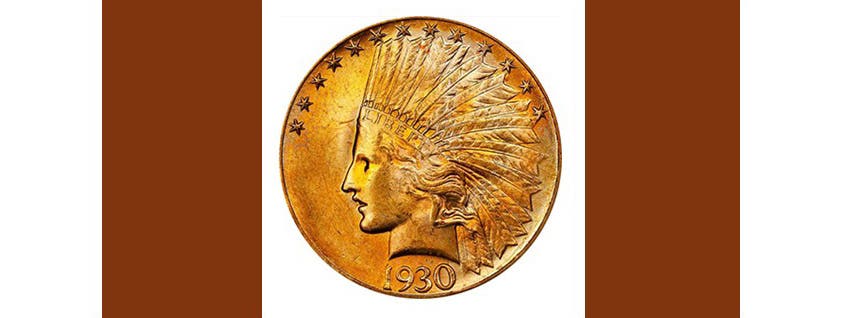1875 a key date for Trade dollar short set
Finding better-than-average Trade dollars is not an easy thing, especially ones in top grades. The situation is compounded for Philadelphia coins, since the toughest Trade dollars have been from Carson…
Finding better-than-average Trade dollars is not an easy thing, especially ones in top grades. The situation is compounded for Philadelphia coins, since the toughest Trade dollars have been from Carson City.
While mintages play a part, this situation appears to be even more related to the actual mint. Date after date from Carson City show just one or two coins in MS-65 condition seen by each grading service, so obtaining them is almost impossible.
There are, however, other grades and other interesting Trade dollar dates. High on any list has to be the 1875 with its mintage of 218,900 (only the 1873-CC and 1878-CC are lower.) This mintage is somewhat surprising, since 1875 could be seen as the heyday of the Trade dollar. But it might have been just past the heyday.
By 1875, a significant number of Trade dollars had made their way to China. While reports were optimistic, they met with mixed results, accepted in some ports and greeted with less enthusiasm in others. However, it would have been too early to see Trade dollars as a failure.
That part of the story began about 1876, when Congress (for some reason still not perfectly clear) decided to revoke the legal-tender status of Trade dollars. This odd decision made them no longer worth a dollar each. What they were instead was 420 grains of .900 fine silver. That price changed regularly, and back in 1876, things were going in only one direction. Adjusting to new and lower prices, Trade dollars were worth less and less.
They first dipped below $1, then to 90 cents and 80 cents. At some point, banks were only accepting them at 75 cents. If you had originally accepted them at $1, you obviously lost money.
This fact spelled the end for Trade dollars, and the government later redeemed and destroyed millions of them. This destruction looms especially large in the case of the 1875, given its low mintage.
There were other ways for 1875s to be lost. Along with other dates, they might have been shipped to China and not returned. Some Trade dollars did return but with chop marks. The government would not redeem them, and they rank as a special group for today’s collectors.
What became of the remaining 1875 Trade dollars will probably never be known. We cannot rely totally on grading service numbers, since Trade dollars (especially in lower grades) are not likely to be graded. Even so, the least-submitted date at present is the 1875 – that’s right, less than the 1878-CC (mintage 97,000) or the 1873-CC (mintage 124,500).
In Mint State, Carson City grades run higher than any others. But at $2,000 in MS-60, the 1875 ranks as the only Trade dollar other than Carson City examples to rise above $1,200 in that condition.
In MS-65, the above pair of Carson City dates are valued at $95,000 and $90,000, respectively, and the 1875 is well behind them at $14,500. Even so, it is not common. The Numismatic Guaranty Corporation reports eight in MS-65, two in MS-66 and one in MS-67.
At the Professional Coin Grading Service, the total is three in MS-65, one in MS-66 and one in MS-68. Combined, that puts the two grading services at fewer than 20 examples in MS-65 or better. That total is well below other coins with much higher MS-65 prices.
In order for the 1875 to reach higher prices, additional demand would need to surface for the entire Trade dollar series. That may or may not happen. But depending on grade, it might well be considered a key date in the short set, and that is impressive for a Philadelphia Trade dollar.
This article was originally printed in Numismatic News. >> Subscribe today.
More Collecting Resources
• Subscribe to our monthly Coins magazine - a great resource for any collector!
• When it comes to specialized world paper money issues, nothing can top the Standard Catalog of World Paper Money, Specialized Issues .








